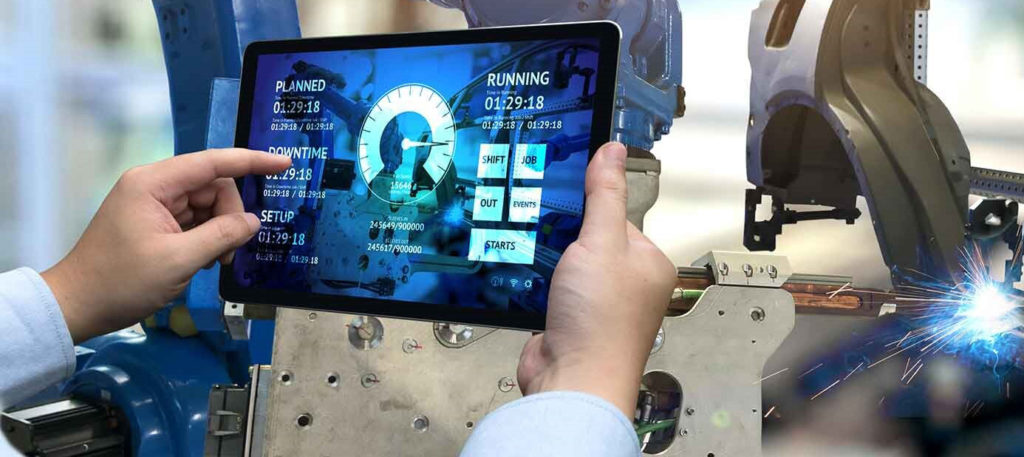Although the terms digitization, digitalization and digital transformation sound very similar, each of them have a very distinct and different meaning. One key differentiator is that neither digitalization nor digital transformation can occur without digitization of certain processes. Below we discuss the difference between digitization, digitalization, and digital transformation in more detail and how, when applied correctly, it can lead to increased profitability:
Of the above mentioned three terms, digital transformation should be seen as the end goal and undoubtedly presents enormous opportunities for innovation and gaining a competitive advantage. Research and Markets estimates the digital market to grow at a compound annual growth rate of 23% to $3.3 trillion by 2025. However, before considering digital transformation for your business, you need to rethink the organisation as a whole. You should also understand that this is not an all or nothing approach – businesses can start by digitizing certain aspects of the operations.
1. Digitization
Digitization is the process of improving internal processes such as workflows and enabling improved accessibility to reduce costs. It does not seek to optimise the processes or data but merely to convert data to digital format. In other words, digitization converts something non-digital such as health records, maintenance records and various forms of other data into digital format for a computer to use for several possible reasons.
2. Digitalization
Digitalization aims to enable, improve and transform business functions or models by leveraging digital technologies. Aptly described by Gartner, as a process that includes “the use of digital technologies to change a business model and provide new revenue and value-producing opportunities; it is the process of moving to a digital business.”
3. Digital transformation
Conversely, digital transformation concerns itself more with people than with processes. It aims to integrate digital technology in all business areas changing how the business operates and delivers value to customers and key decision makers. It explores how businesses use technology and resources to change business processes and performance and improve profitability.
The table below presents a simplified comparison of the three terms with some real-life examples:
| Digitization | Digitalization | Digital transformation | |
| Definition | Converts business processes into digital format to be processed by a computer | The process of improving internal processes such as workflows and enabling improved accessibility in order to reduce costs | Integrates digital technology in all business areas changing how the business operates and delivers value to customers |
| Examples |
|
|
|
Digital transformation can be measured by profit margins – as profits increase, resources are freed up so that companies can implement more changes to improve efficiency and productivity. Improved efficiency and productivity lead to better decision making which enhances market penetration. This, in turn, increases the customer base and, again, profits.
Businesses globally are transforming to digital and reaping the benefits. In fact, many local South African organisations are already seeing significant ROI from their digital transformation investments. Do you want to join the Industry 4.0 digital revolution and transform your business?
Download our free guide below.
DOWNLOAD FREE GUIDE:
Join the Industry 4.0 Digital revolution





